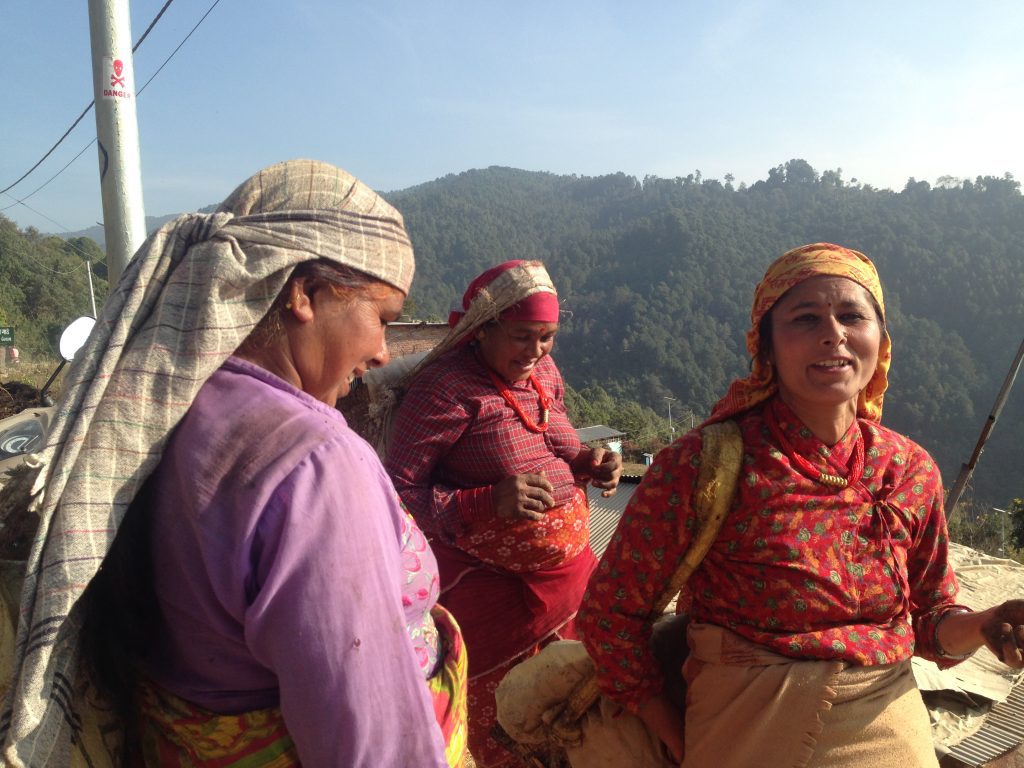
Community women
Just a couple of hours away from the bustle of Kathmandu (37 kilometers), Nagarkot sprawls over an area of about 15 kilometres up the hillside to the ridge that forms the rim of the Kathmandu Valley. At an altitude of 2195 metres, it is little cooler than in the valley. Famous for its good views of the Himalayas including Mount Everest, many tourists come to see the sunrise and sunset. Most visitors stay in one of the many hotels clustered near the top of the ridge however. Lets learn more about Nagarkot Community Homestay.
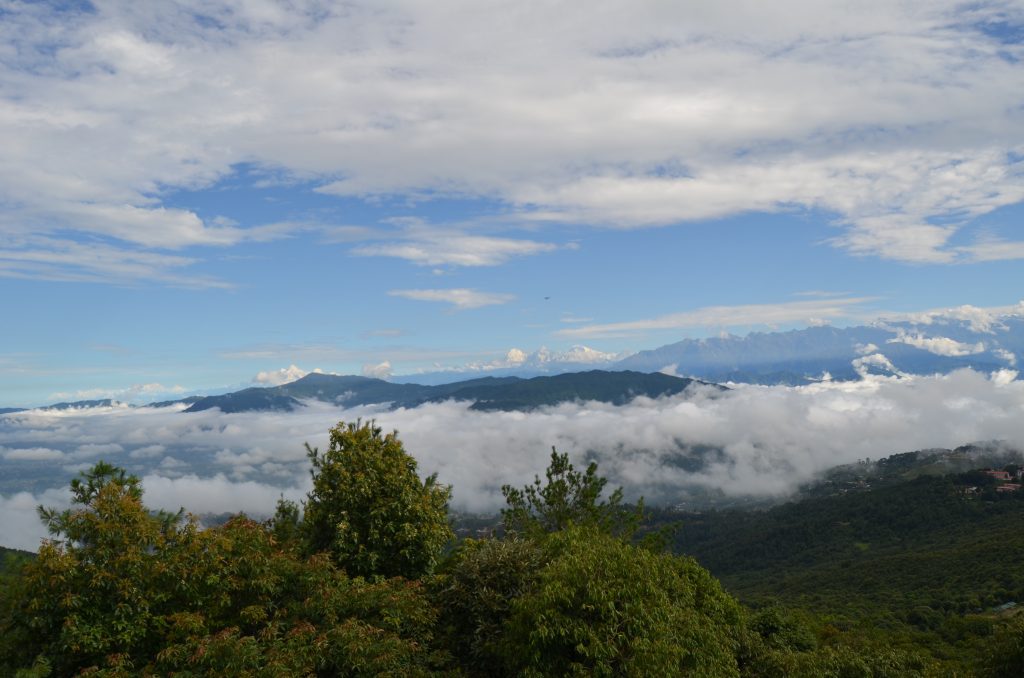
A view of the ridge
The Tranquil Hills of Nagarkot
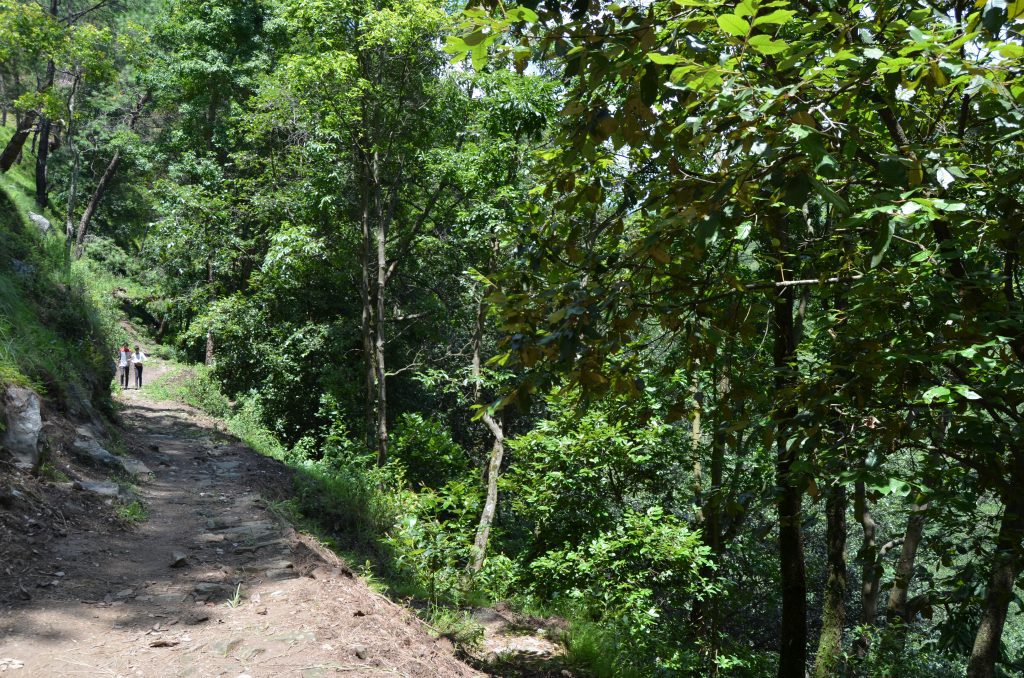
Pathways
What most people fail to see is that the surrounding hillsides are home to tiny settlements, forest paths, waterfalls and temples. On one side is the ancient, pagoda-style Changunarayan Temple, dedicated to Vishnu and a place where Hindu pilgrims come. Not far away at the top of the promontory is a Buddhist temple, Maha Manjhushree Temple. Legend has it that Majhushree came to the Kathmandu Valley to enshrine the self-enlightened Swayambhu. The Kathmandu Valley was a big lake and he drained this, the serpents living lake by cutting the gorges of Guheswari, Chobhar and Katuwal with his mighty Chandrahas Sword.
Beyond the Ridge: Hidden Treasures
Taking the bus out from Ratna Park in Kathmandu, the first part of the journey has been made much quicker with the Japanese dual carriageway that has halved the time to get to Bhaktapur. Here you change buses to reach Nagarkot. It is then just 30 minutes to get to Bastola, a small settlement of 17 homes beside the highway going to the top of Nagarkot
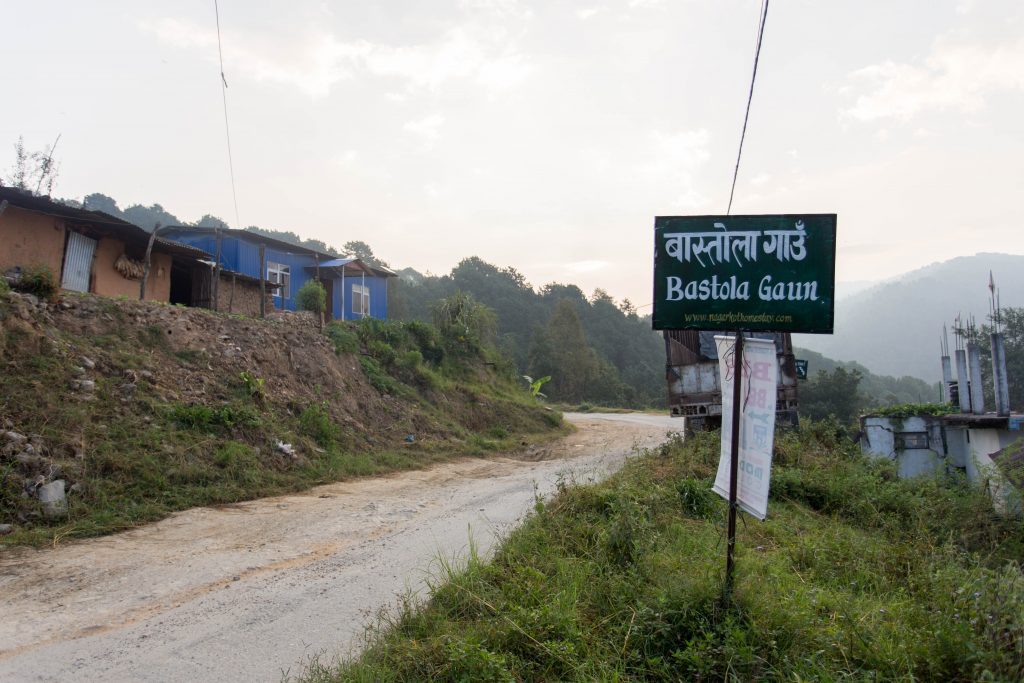
Bastola Gaun
Nagarkot Community Homestay Experience in Bastola Gaun
Upon getting off the bus, Deepesh Bastola greeted me and guided me down the narrow trail to the house of his elder brother Deepak and sister-in-law Laxmi. This was where I was staying in the Nagarkot Community Homestay. He showed me to my room for the night. Furnished comfortably with two beds and with a little-attached bathroom, my windows looked out over the Kathmandu Valley. Through the wintery mist, I could see Bhaktapur in the distance.
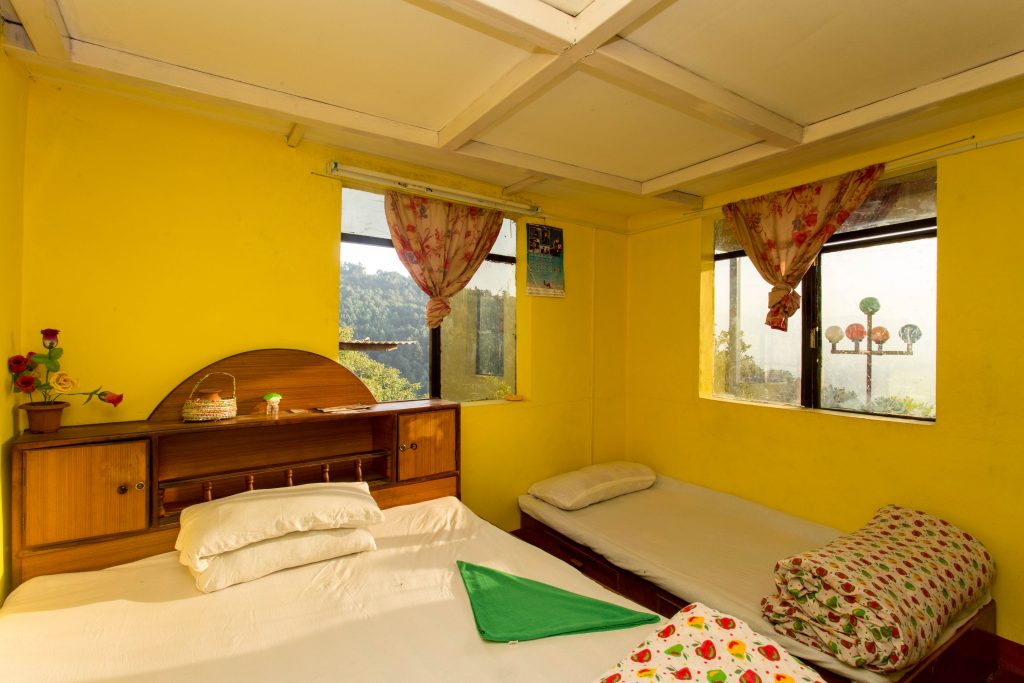
Nagarkot Community Homestay
Community Resilience: Post-Earthquake Rebuilding
Deepesh explained that all of the houses had been if not destroyed, badly damaged by the earthquake in April 2015. He rebuilt his brother’s home, along with two more. In effect, the extended family members of the Bastola family made the village their home, hence naming it Bastola Gaun.
Two additional houses were nearing completion. One relative had rebuilt his house closer to Bhaktapur but still came up every day to see to the cows that lived next to Deepesh’s home. With just eight rooms, Nagarkot Community Homestay can offer up to 20 guests somewhere to stay, but this will be increasing soon as other family members are now finishing rebuilding their homes. Before the earthquake, there used to be rooms available for guests in all 17 homes.

Hospitality
Cultural Exchange: Festivals and Homestay Life
After being welcomed with a lovely cup of tea and some dal bhat, a rice curry with vegetables picked from the garden, we went to explore the surrounding forest and waterfalls before hiking up to the Buddhist temple where Tamang and Newar Buddhists were celebrating Losar. Though Deepesh and his family are Hindu, Hindus and Buddhists regularly celebrate each other’s festivals as their own. After watching the puja where monks sat in front of a shrine on the hilltop, we walked down through a village before taking a short break for tea at a little roadside café belonging to another of Deepesh’s older brothers. Here there was a Nepali couple taking advantage of the day of holiday to get away for the city.
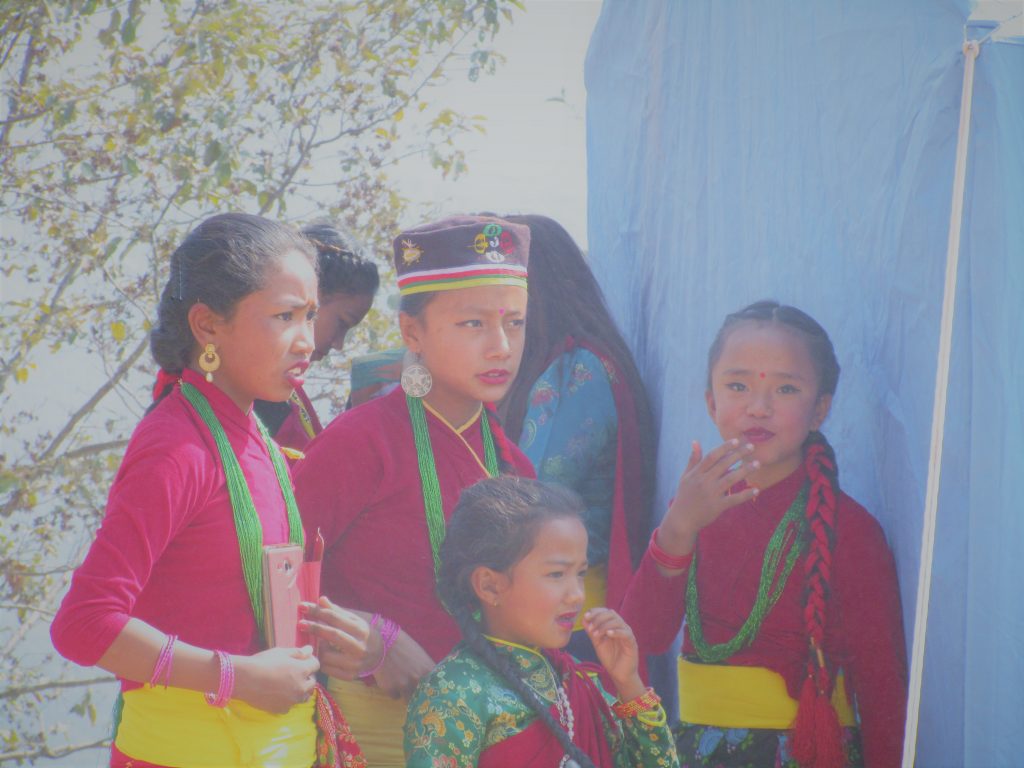
Children in their traditional attire
Empowering Women: English Classes in Bastola Gaun

A little boy
Once back at my homestay, Deepesh and his nephew showed me how to harvest the ripe lapsi fruit from the tall tree by the cow shed. They hurled stones up at the branches which if they were lucky to made contact with the branches, shed a rain of fruit on the ground far below. Taking a couple of bags, we scoured the path and rocky outcrops for the fallen fruit. While gathering up some of the little round lapsi, a troupe of women heavily laden with cow dung that I’d seen earlier loading up baskets passed by. The senior lady at the front said ‘Excuse me’ and so quickly I stepped aside.
Deepesh smiled. He told me how in the last two months he and his cousin had been teaching the women of Bastola some English so that they could communicate better with the guests that soon would be staying again in the community homestay. And ‘Excuse me’ was a useful phrase that he’d taught them.

Community Women interacting with eachother
Nepali Hog Plum Candy
Back at the house with the fruit, Deepesh explained to me how to make lapsi candy. The sour fruit is sometimes referred to as ‘Nepali hog plum’ and is used to make pickle or achar, and candy. Giving me instructions on how to make the candy, I was given some fruit to take back to Kathmandu to try my hand at the recipe Deepesh and Laxmi had described to me. At the same time, Laxmi gave me some turmeric root with instructions how to plant it. Uncovered, she assured me it would last at least a fortnight, which gave me plenty of time to bring it back to France and try growing some in the garden.
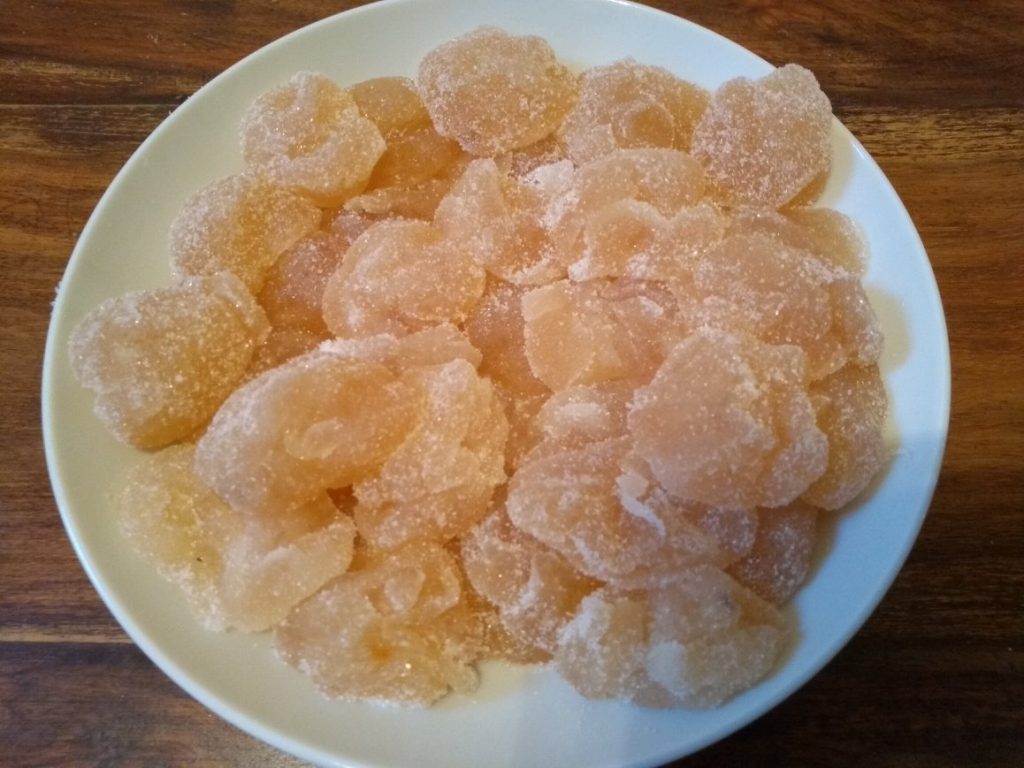
Nepali Hog Plum Candy
English Training Classes
As it got dark, the girls were busy with their homework. ‘Everyone helps with the cooking,’ Deepesh told me as he stirred the pot. In class 11, he is studying hotel management at a college in Koteshwor, about an hour away by bus. The families are mainly self-sufficient, growing the food that they need. If as in their case, they didn’t have any cows or hens, they swapped with their cousins and brothers so they never went without. One brother ran a small restaurant; another had a homestay where he also offered his services as a guide and yoga teacher. Money was always needed to buy the things like gas, spices, salt and sugar, and to help pay for the children’s education. So this is where the community homestay idea really helps provide the extra cash for these things that otherwise would be difficult to find.
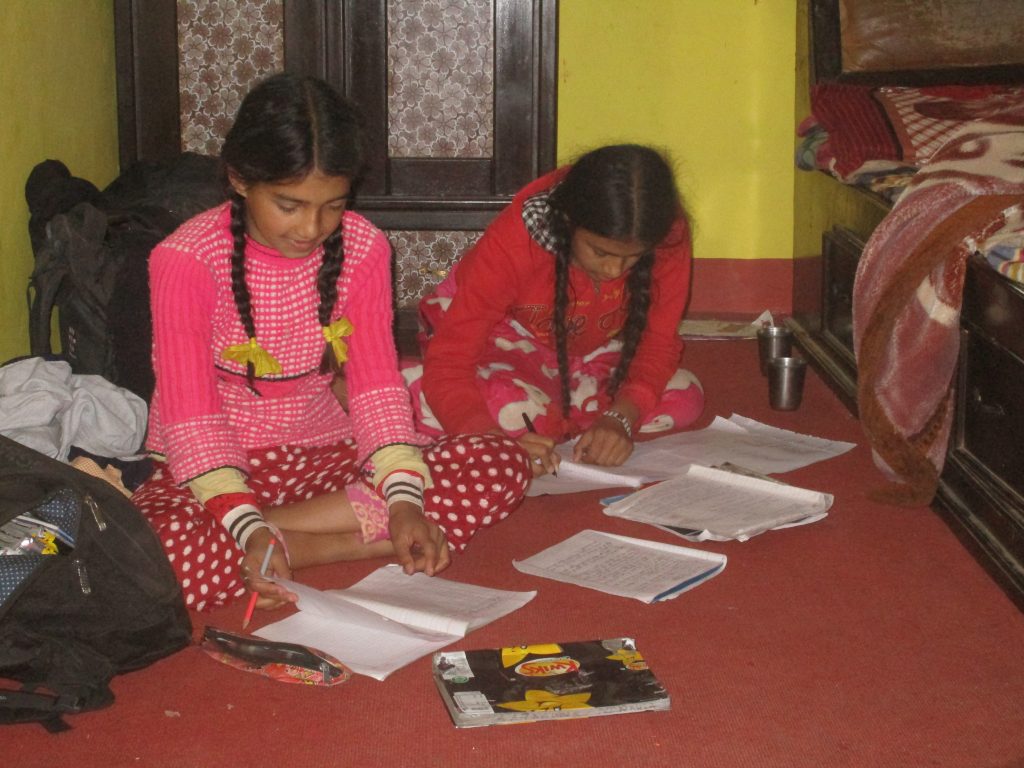
Girls busy with their homeworks
As we ate another delicious dal bhat (with lapsi pickle), I could hear the ladies arriving upstairs. Three times a week in the evening, Deepesh and his older cousin are teaching up to 18 women from the Bastola community. All beginners in English and some not even literate in Nepali, at least a dozen come regularly to every lesson to learn phrases and vocabulary that will be useful for communicating with guests. After just two months, the ladies had already mastered welcomes and knew a lot of useful words for in the kitchen, and fruit and vegetables. The lady who had said ‘Excuse me’ had shown how useful it was to be able to communicate in just those two words.
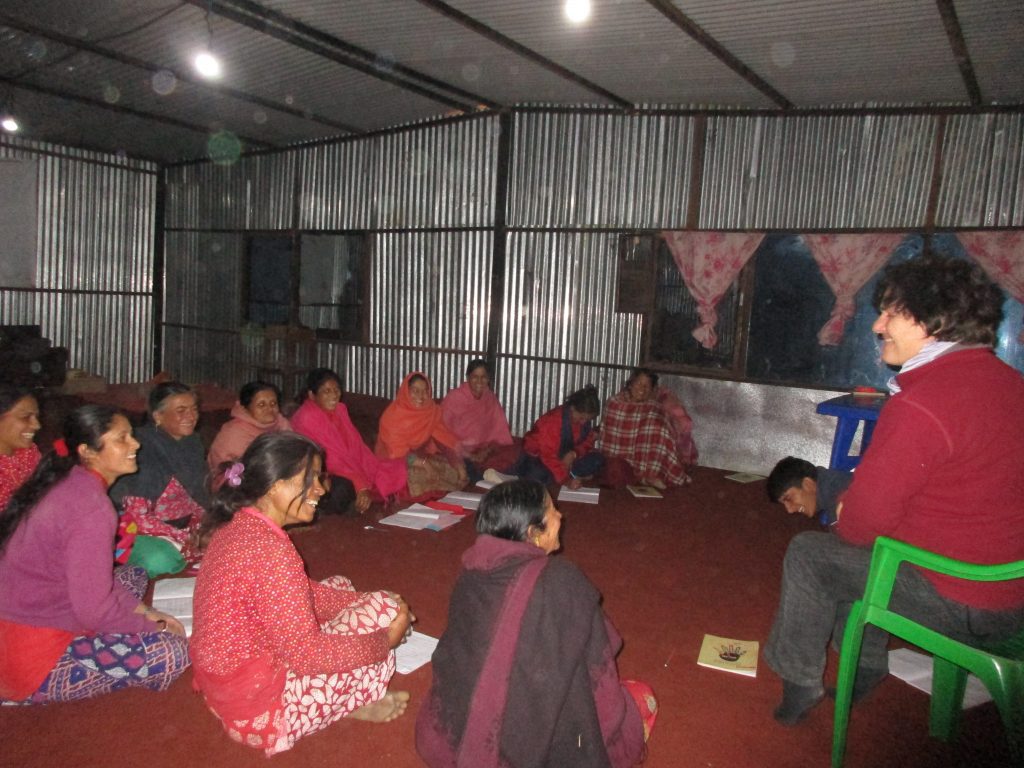
Womens taking english classes
Morning Rituals and Cultural Fusion
The next morning after a peaceful night’s sleep, Deepesh took me to the Hindu Jalpadevi Temple ten minutes walk away. Here in the early morning there were worshippers adorning the statues with flower petals and flowers. The temple had recently been renovated. The statue of the guru in the pool faces the three-headed Brahma Vishnu Maheshwor or Trimūrti (“three forms”) of trinity of supreme divinity in Hinduism (Brahma the creator, Vishnu the preserver, and Shiva the destroyer incarnated as Dattatreya). The statue of the guru has a teacher’s head on the body of Lord Buddha, displaying again the interconnectedness of Hinduism and Buddhism.

A statue of Trimurti
Departure and Reflection
Sorry to leave the warm hospitality and calm of the village, it took no time at all to be back to the noise and the completely different world that is in Kathmandu.
How to get there: Bastola Gaun is just short of the top of Nagarkot and can be easily reached by bus or taxi. From Kathmandu, there are frequent buses to Bhaktapur where you change for the bus to Nagarkot. By bus, it takes about two hours and by taxi, it probably takes about an hour.
Accommodation: Though several of the houses are still being reconstructed, as at February 2018 there are eight rooms, soon to increase to 12 or more as two more houses will be finished very soon. To book, visit www.communityhomestay.com.
Fancy visiting Nagarkot? Have a look at what Royal Mountain Travel can offer:
Kathmandu Valley Three-day Trek (6 days/5 nights)
Sweet Memories: Lapsi Candy Recipe
1 kg lapsi fruit, 400g sugar, a little dash of water
First, boil the lapsi for about 10 minutes to soften the fruit. Then peel off the skin and remove the stones. Boil up the sugar in some water until it goes a brownish color and mix in the fruit and stir. Spread the mixture in a tray and leave to dry out for 2- 3 days.

Nepali Hog Plum
I probably added too much water so I thought at first I only managed to make jam! Upon a friend’s suggestion, I returned the mixture to a pan. I heated it up to eliminate some of the moisture. In doing so, I discovered that once dusted in sugar, the lapsi candy was a success.


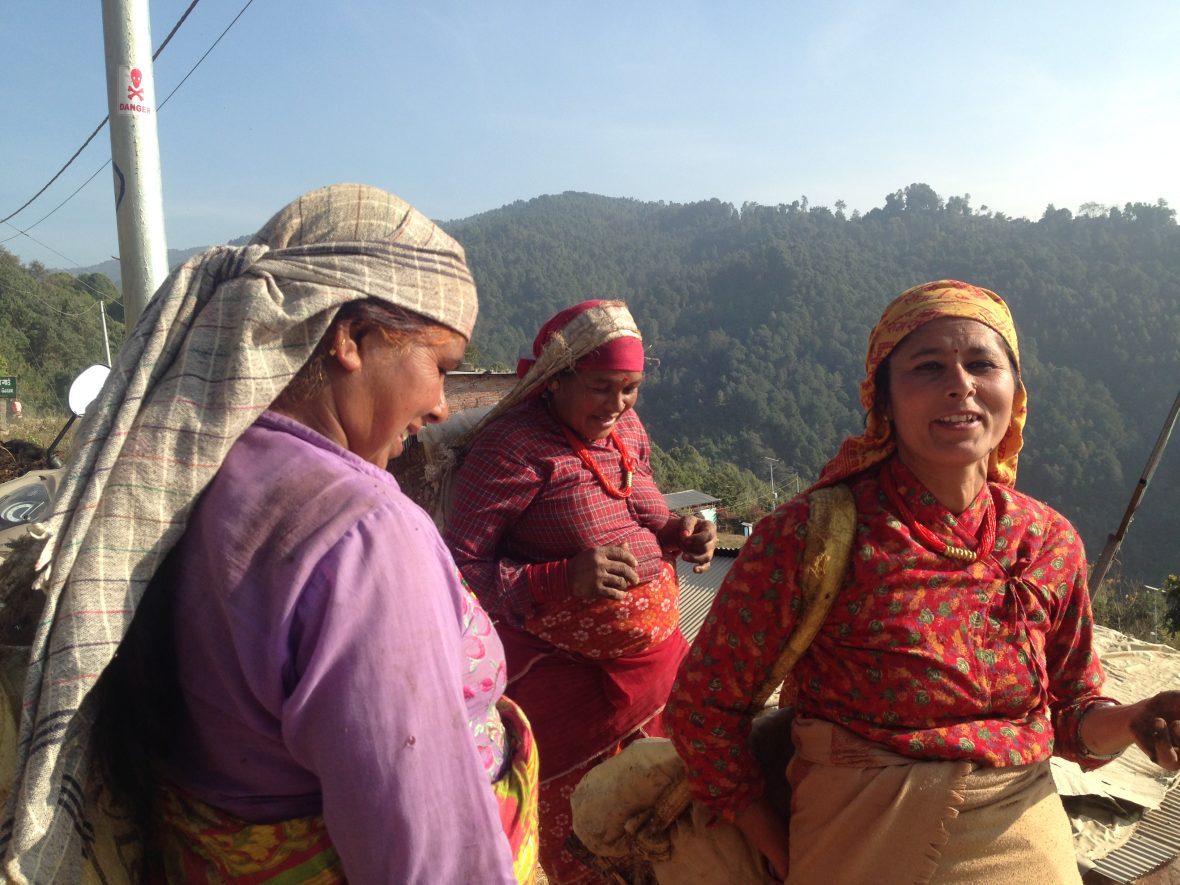
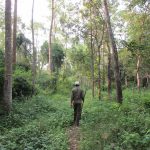
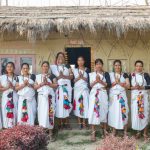
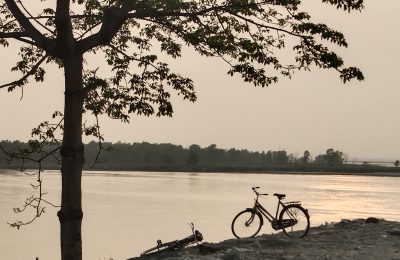
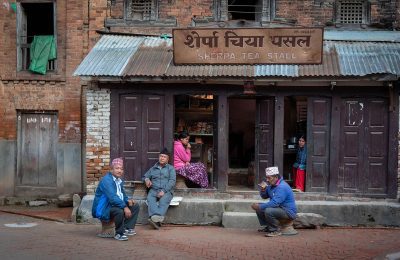
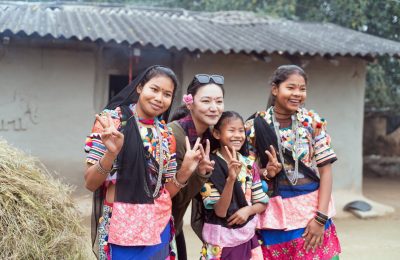
2 Comments
Ranjan Khadka
June 3, 2018 at 12:06 pmYour blog writing skill is awesome. I keep on reading this blog because I love the way you write each and every information correctly. Appreciate it for sharing your travel experience.
Ranjan Khadka
June 27, 2018 at 8:36 amAwesome post along with relevant article as well as the photographs. It sounds interesting to know new information as well as to try the new cuisine of Nepali food.
Appreciate it for your great effort to share this blog.